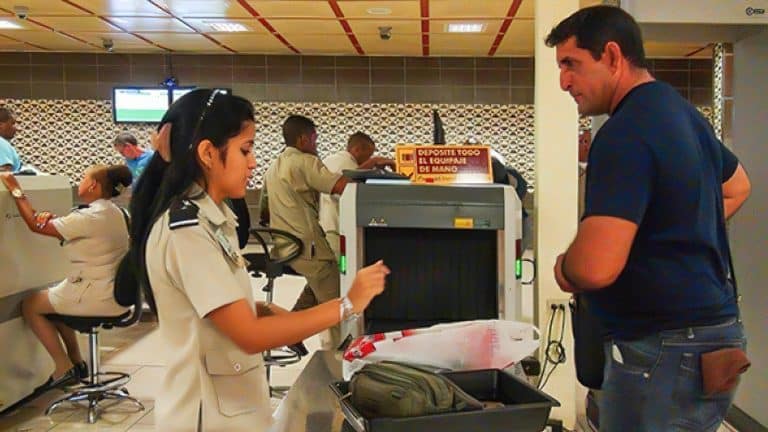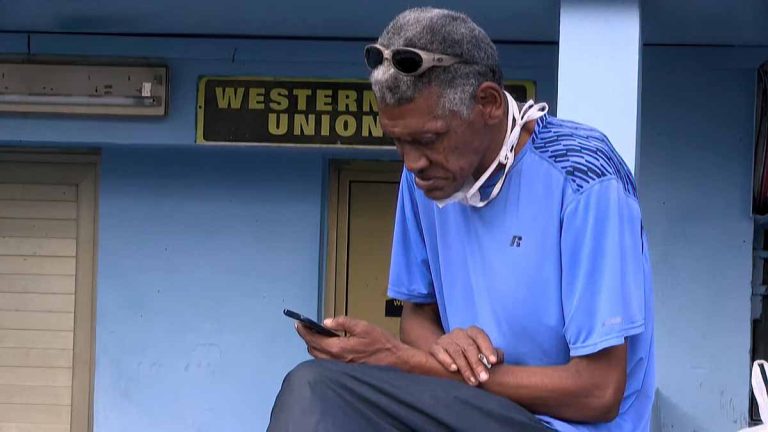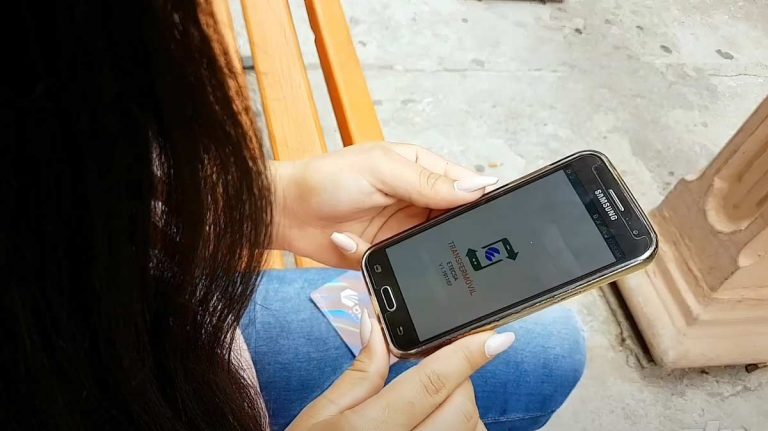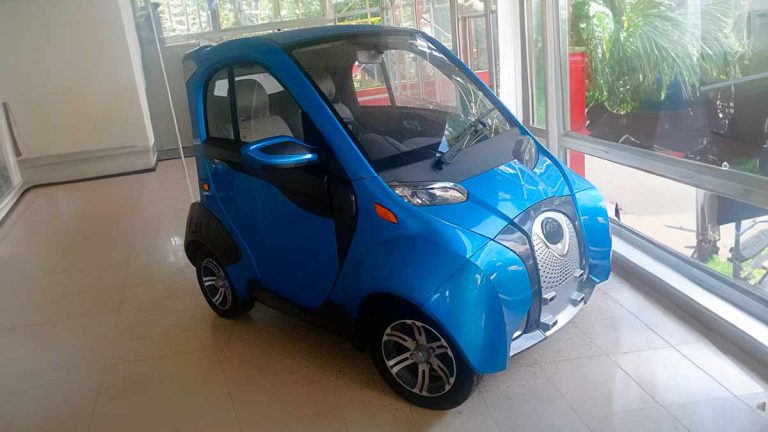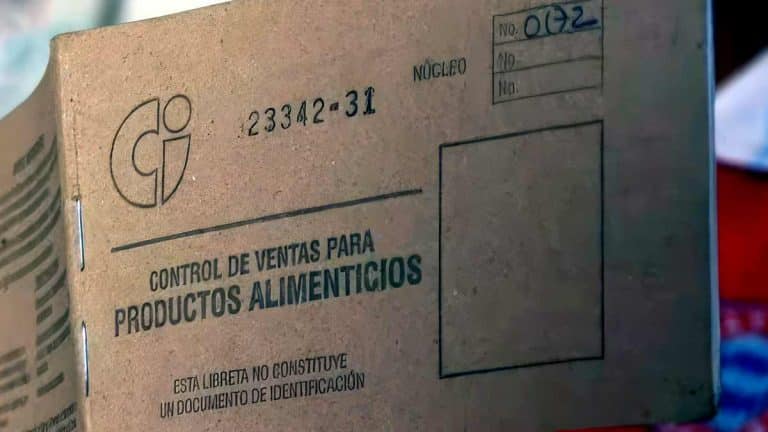Cuba’s Solar Paradox: How Cuba Ignores Its Most Abundant Energy Resource!

Cuba has a vast potential to harness solar energy. Yet, instead of tapping into this renewable resource, the nation has largely looked the other way. The country’s reluctance to invest in solar infrastructure means a huge energy opportunity is being squandered.
The Struggle with Solar Implementation
In over a year, it wasn’t until Copextel started heeding customer feedback that they began to sell independent photovoltaic systems. These systems can function during power outages and store energy for nighttime use.
In August 2022, journalist Lázaro Manuel Alonso highlighted the dissatisfaction of several Havana families. They bought these solar systems, but the systems were incomplete, lacking batteries and other essential components. These systems were critical during blackout hours, yet the corporation did not provide a clear reason for opting for these incomplete models.
A resident from Camagüey who purchased one such system in 2022 shared anonymously that Copextel wasn’t equipped to ensure the product and its related services. Many had to register and wait for the company to deliver and install the panels. Yet, some users received panels without the necessary fixtures and connection cables. This resident had to hire someone for installation and sought batteries from external sources.
The photovoltaic systems currently sold by Copextel can generate up to 920 watts and come with a hefty price tag. Interestingly, these systems first appeared for sale in Havana, an area least affected by blackouts.
Ecosol’s general manager, Clauder Castillo Cortés, conveyed hopes to expand the offering nationwide, depending on funding availability.
Financial Barriers to Renewable Energy
While there’s enthusiasm for expanding solar energy, economic hurdles continue to impede progress. Limited currency exchange rates have made it difficult for the government to ensure a steady supply of foreign currency for its citizens and even prioritize state companies.

Evidence of these financial challenges is evident in a funding program initiated in March 2023. Aimed at reviving various industrial and food production companies, this program could allocate a mere 3.3 million dollars.
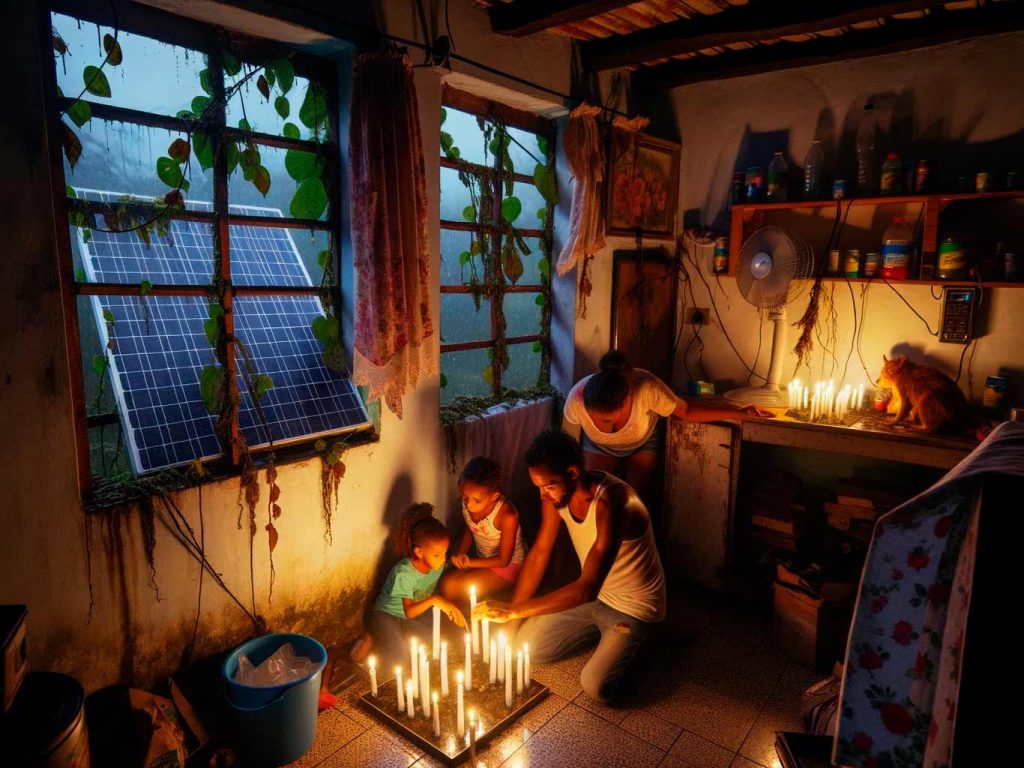
Solar Power: A Fading Hope or a Bright Future?
From mid-September to mid-October 2023, at least one-fifth of the Cuban population experienced power outages. Even during daylight hours, when the nation received ample sunlight, the potential for solar energy was largely untapped.
With abundant sunlight, a 70-square meter surface could, theoretically, generate enough solar energy in one day to power two homes for a month. Yet, this potential largely goes unutilized. Cuba’s solar capacity hasn’t seen significant growth in years. Reports suggest that the contribution of solar energy to the nation’s electricity might even be decreasing.
Furthermore, Cuba’s reliance on renewable energy sources remains low, a mere 5% of its total energy. This figure is a far cry from the 24% target set in 2014 and later revised to 37% for 2030. Solar energy contributes to just 1.15% of the country’s total consumption.
Natural disasters have also played a role in impeding solar energy growth. In September 2022, Hurricane Ian destroyed half of Santa María’s solar panels. Such losses could be mitigated with better infrastructure planning, taking cues from Caribbean nations that have hurricane-resistant solar installations.
The High Cost of Sticking to the Old Ways
In 2022’s blackout crisis, many turned to generators brought into Cuba by individuals. These became a lifeline where state corporations failed to provide.


